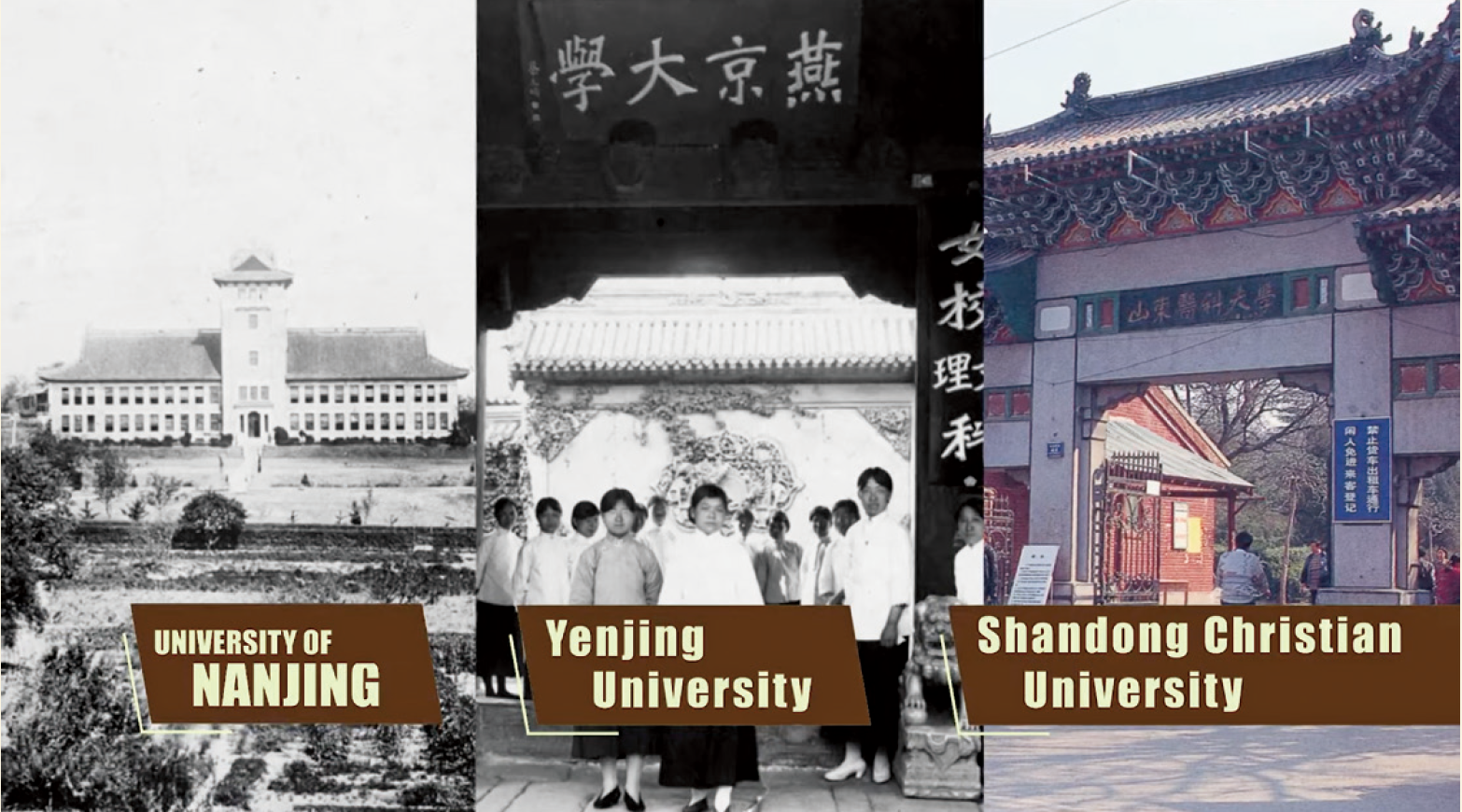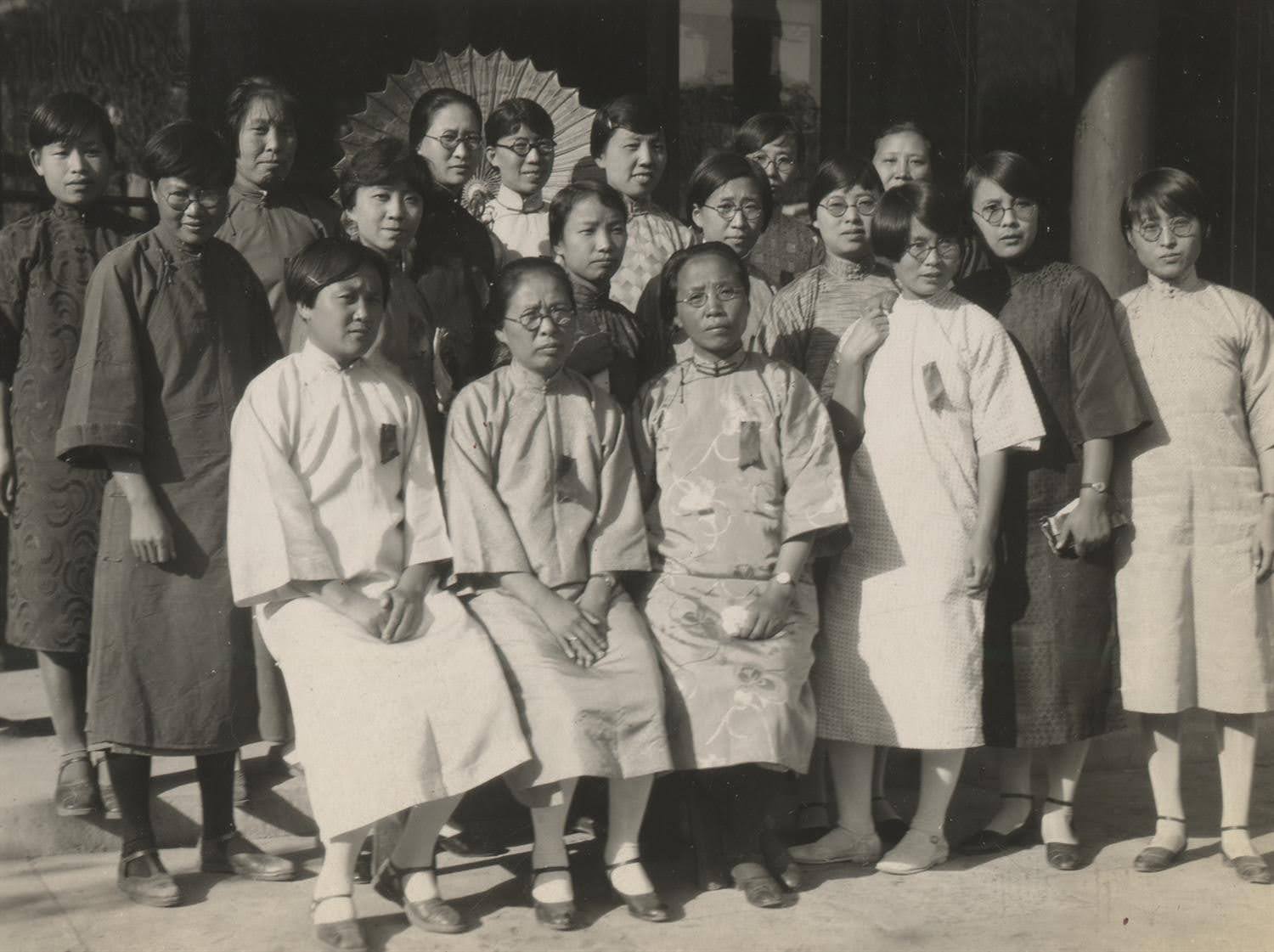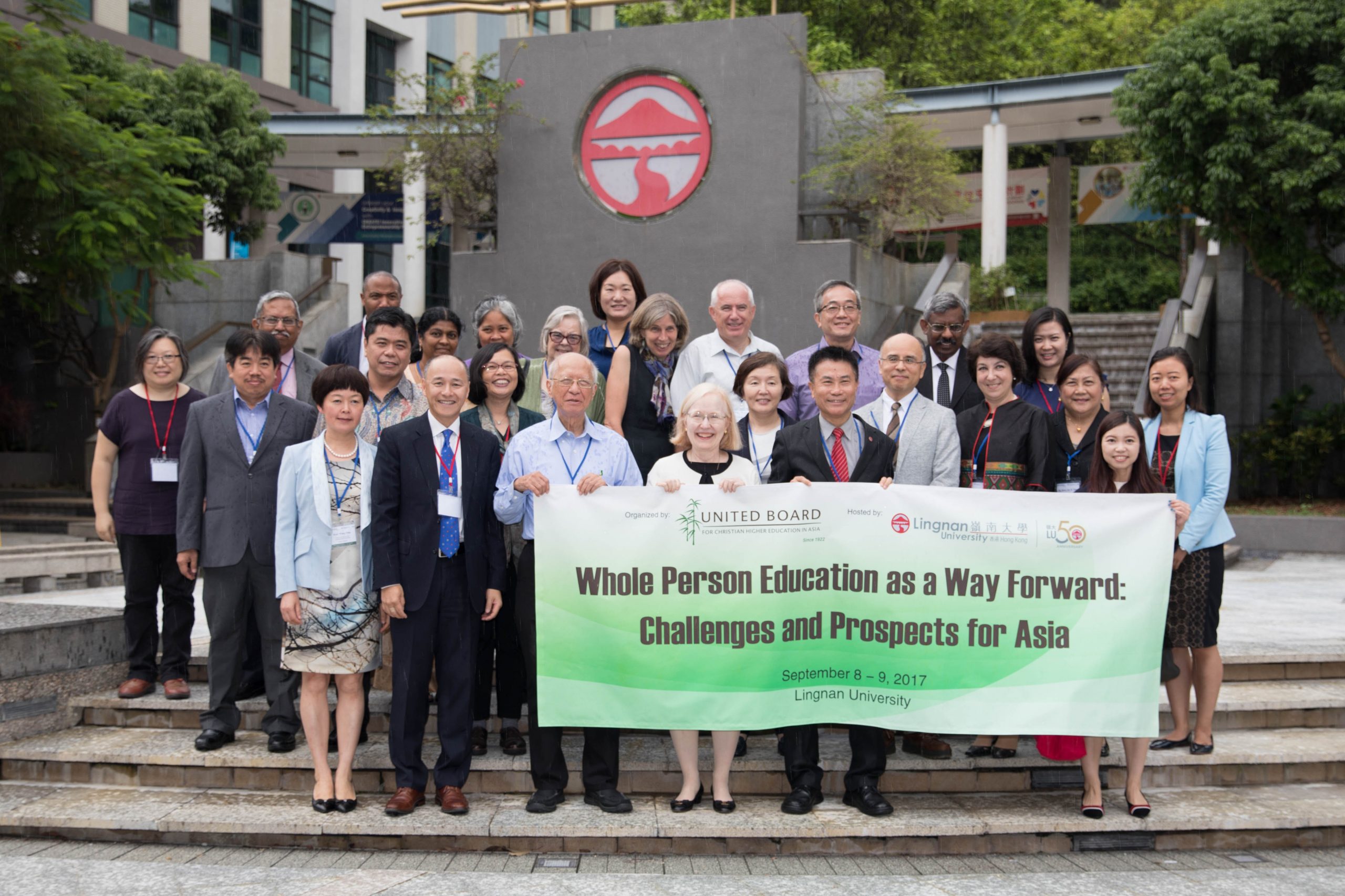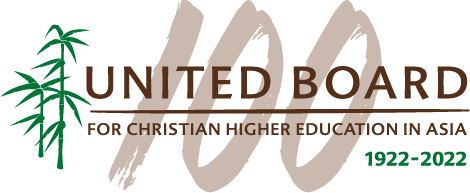
As part of our Centennial celebration this year, the United Board is preparing a brief history that will highlight key developments in the evolution of our organization and work over the years. Below is the first part.
The United Board began in 1922 as a small administrative operation set up to support three missionary-led colleges in China. Housed in a one-room office in New York with a staff of two, the Central Office, as it was commonly called, lacked the usual trappings of an organization intended to last: there was no mission statement, no charter, and neither trustees, officers, nor permanent staff. The instruments of permanence would come in time, as would several name changes, a greatly expanded identity and geography, and a distinguished record of service to Christian higher education throughout Asia. The turbulent century across which these developments took place would leave Asia stunningly transformed; it would also provide the United Board with many opportunities for meaningful service, helping to shape the direction and development of the organization in significant ways.
While its beginnings were modest, the Central Office was not without purpose. In an effort to achieve greater efficiency, its sponsors, the American boards of trustees of the three colleges, had decided to coordinate their clerical functions, recruitment of missionary staff, outreach to donors, and purchases and shipment of supplies and equipment to China. These three colleges, along with nine others like them, had been founded decades earlier by Protestant missionaries sent to China by American, British and Canadian mission boards as part of a century-long effort to bring Christianity to China. Now, the colleges were experiencing growing pains, and it was hoped that cooperation among them would be helpful to all.
 Discussions had been underway for years regarding the actual form that coordination among the colleges might take: there had been conferences, proposals, and reports laying out the benefits of collaboration and some ways the work of the colleges might be integrated. These included proposals to coordinate educational programs and policies, and even suggestions that some colleges be merged for greater impact. It had proven challenging, however, to get everyone with a stake in these institutions — the college leaders, the faculty, the sponsoring mission boards, the college boards of trustees, even the alumni — to agree on a comprehensive plan acceptable to all. The Central Office was a small first step that did not require the colleges to surrender their autonomy or distinctive identities.
Discussions had been underway for years regarding the actual form that coordination among the colleges might take: there had been conferences, proposals, and reports laying out the benefits of collaboration and some ways the work of the colleges might be integrated. These included proposals to coordinate educational programs and policies, and even suggestions that some colleges be merged for greater impact. It had proven challenging, however, to get everyone with a stake in these institutions — the college leaders, the faculty, the sponsoring mission boards, the college boards of trustees, even the alumni — to agree on a comprehensive plan acceptable to all. The Central Office was a small first step that did not require the colleges to surrender their autonomy or distinctive identities.
The boards of another seven colleges would call on the Central Office for support over the next decade and, in 1932, this loose consortium formed a new entity, the Associated Boards for Christian Colleges in China. The Associated Boards assumed a broader mandate for cooperation in both operations and educational policy while also raising substantial funding for the colleges that saw them through the extraordinary challenges and hardships they faced during the Second World War. With recovery efforts underway but the prospect of civil war in China looming, the Associated Boards took the final step toward integration, becoming in 1945 the United Board for Christian Colleges in China. When, in 1951, the colleges were abolished altogether by the newly ascendant Communist government and absorbed into the national education system, the United Board became both their legal successor and the keeper of their heritage.
 To a striking degree, these early beginnings helped to define key elements of an identity the United Board has embraced for the past century. It is a Christian organization but does not evangelize. It is a support organization, not a mission board holding ownership of institutions under its direction; it also is not a school, not in charge of one, and not responsible for setting educational programs and policies. Instead, it is an organization that supports a network composed largely of Christian colleges and universities throughout Asia that share a common educational philosophy and heritage but retain their own identities, traditions, and approaches, often reflecting the communities in which they are situated. The resources that the United Board collects and stewards and the programs it organizes are dedicated to the benefit of these like-minded colleges and universities, all of which participate in this network freely and voluntarily. Then as now, the rewards to the United Board come in seeing the colleges and universities it serves prosper and thrive.
To a striking degree, these early beginnings helped to define key elements of an identity the United Board has embraced for the past century. It is a Christian organization but does not evangelize. It is a support organization, not a mission board holding ownership of institutions under its direction; it also is not a school, not in charge of one, and not responsible for setting educational programs and policies. Instead, it is an organization that supports a network composed largely of Christian colleges and universities throughout Asia that share a common educational philosophy and heritage but retain their own identities, traditions, and approaches, often reflecting the communities in which they are situated. The resources that the United Board collects and stewards and the programs it organizes are dedicated to the benefit of these like-minded colleges and universities, all of which participate in this network freely and voluntarily. Then as now, the rewards to the United Board come in seeing the colleges and universities it serves prosper and thrive.

